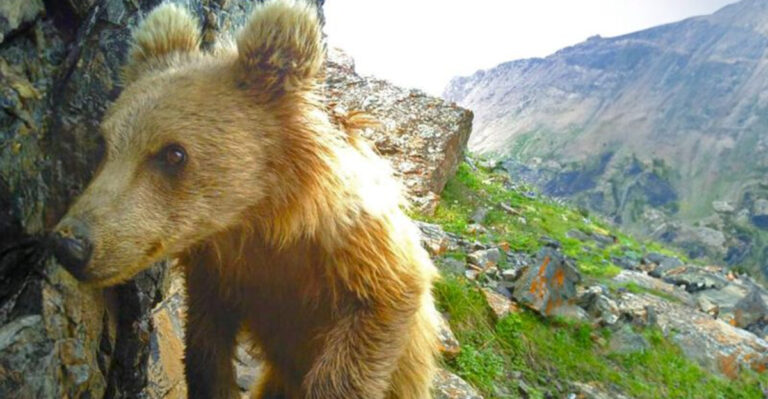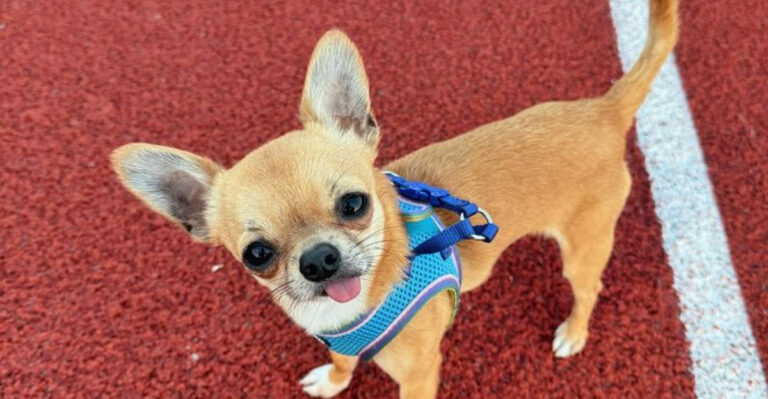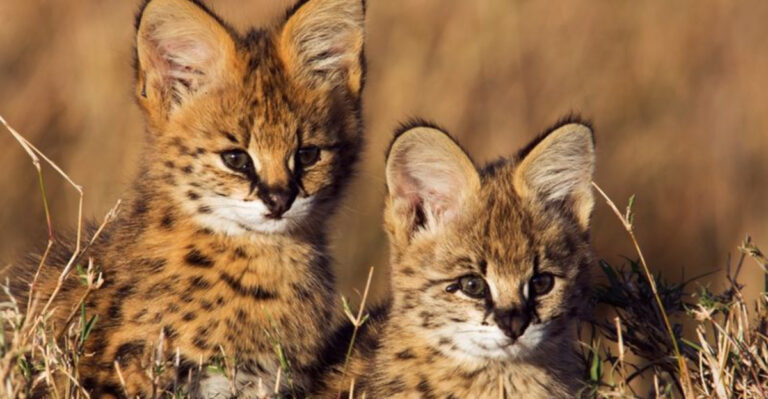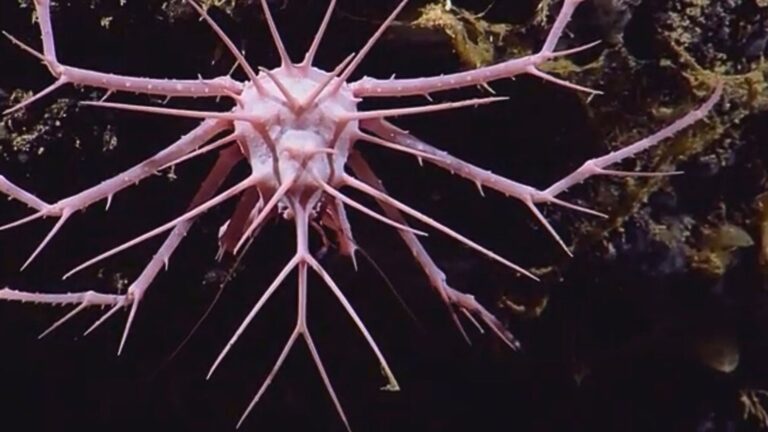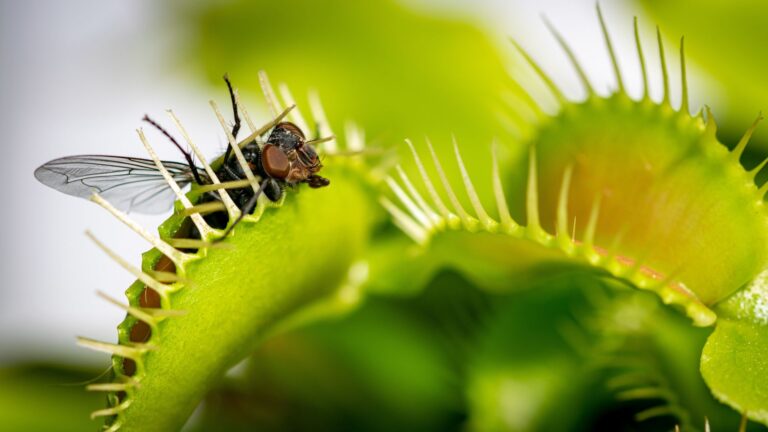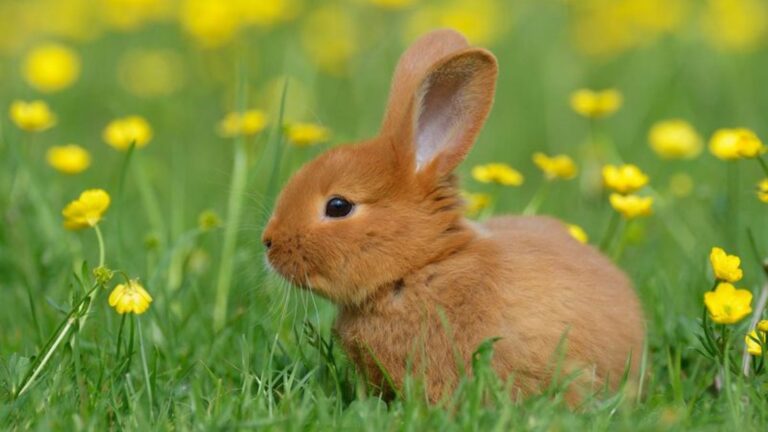15 Silent Ways Big Cats Communicate In The Wild
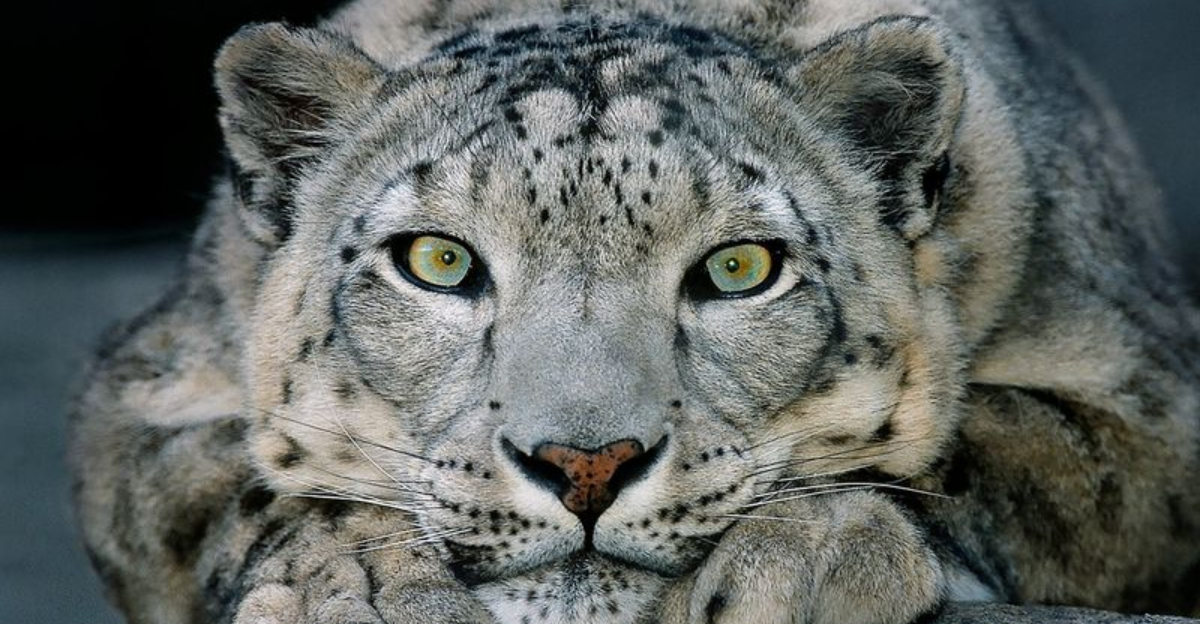
Imagine walking through a jungle, and everything’s quiet – too quiet. Yet, unbeknownst to the casual observer, a symphony of silent signals is being exchanged.
Big cats, the majestic rulers of their domains, have mastered the art of subtle communication. Here’s how these stealthy creatures share their secrets without uttering a roar.
1. Tail Flicking
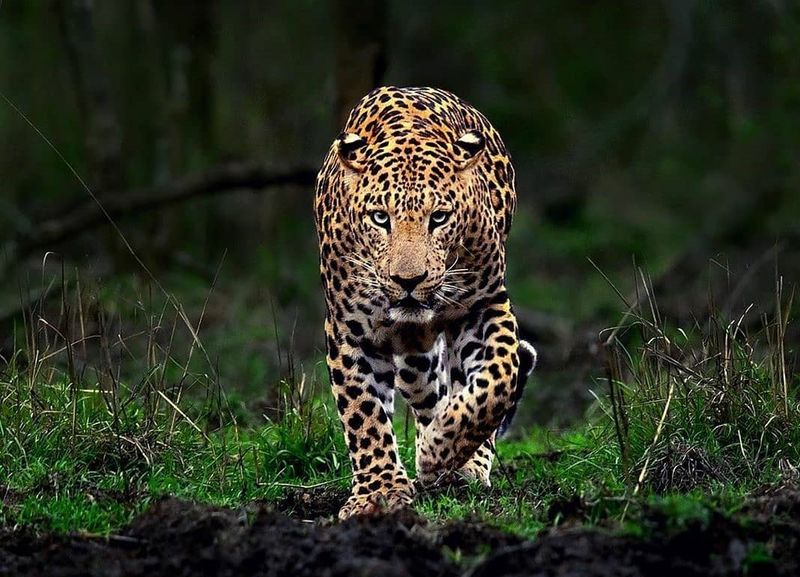
You might think it’s just a nervous twitch, but a flick of the tail is a big deal in the world of big cats. It’s a signal of irritation, excitement, or even a warning to others.
When a leopard flicks its tail while lounging on a tree branch, it’s not just passing the time. It’s communicating its mood, silently saying, ‘I’m watching you.’
These tail movements can be subtle, yet they speak volumes in the cat’s language.
2. Whisker Positioning
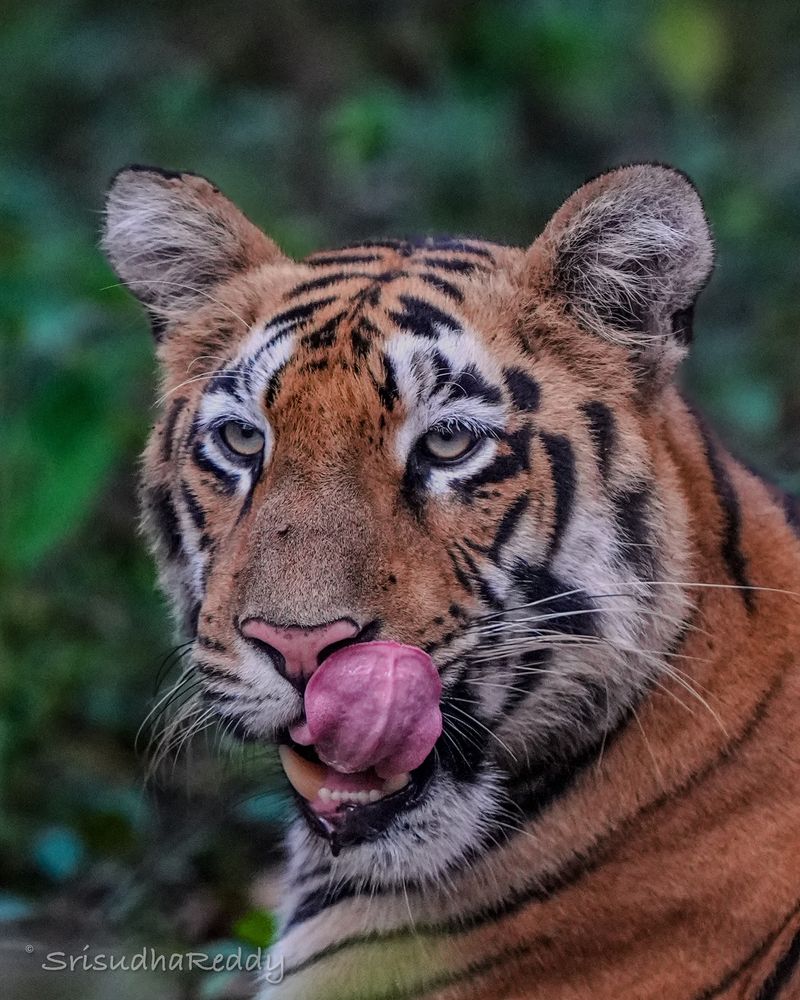
Ever noticed a tiger’s whiskers twitching? It’s not just for show. The positioning of these sensitive hairs reveals a lot about their mood.
Whiskers forward? It indicates interest or curiosity. They act like antennae, picking up vibrations and helping the tiger navigate its surroundings.
These whisker signals are crucial in interacting with other tigers, especially when words are off the table. In the wild, reading whiskers is as vital as listening to roars.
3. Ear Twitches
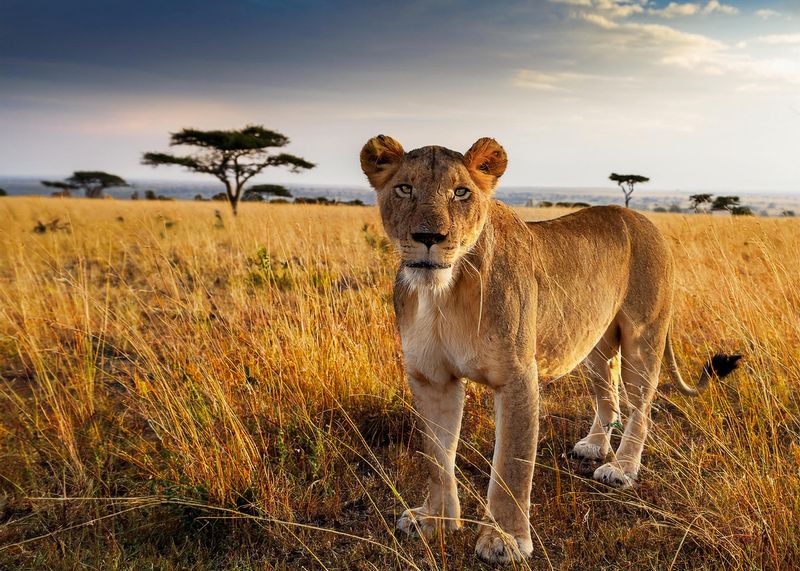
Think those ear twitches are just to ward off flies? Guess again! Those flicks and twitches convey mood and focus. A lioness with ears perked forward is all ears, literally, listening intently to her surroundings.
But when her ears lie flat, it’s a warning sign, signaling aggression or annoyance. So next time you see ears twitching, it’s not about pests; it’s about powerful communication in action.
4. Scent Marking
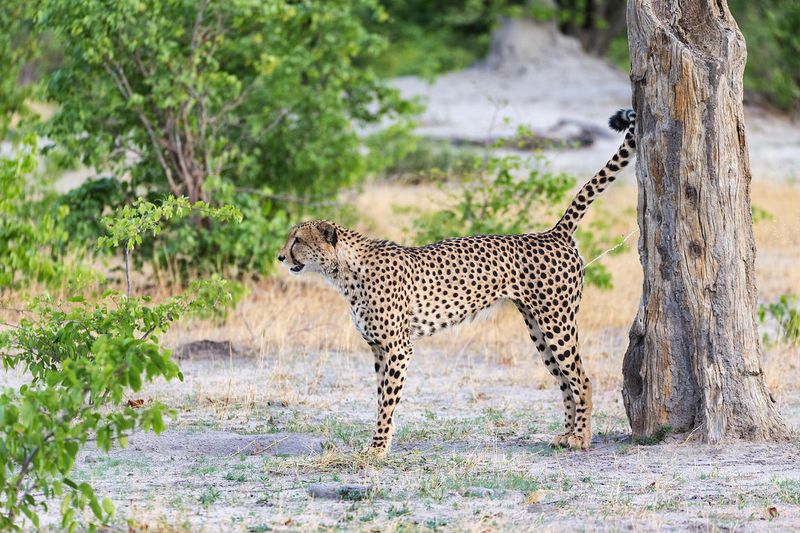
Forget social media updates; big cats use scent to mark their turf. A cheetah rubbing its face against a tree isn’t just scratching an itch. It’s leaving a calling card.
These scent markings tell others, ‘This is my territory.’ The scent can communicate the cat’s identity, mood, and even reproductive status.
So, the next time you see this behavior, know it’s a complex, aromatic conversation unfolding.
5. Body Posture
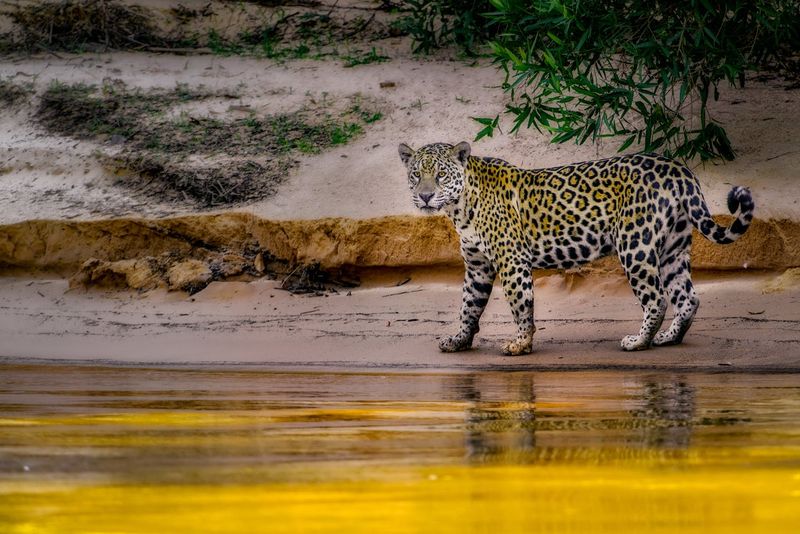
A jaguar’s body language is like an open book for those who can read it. Crouching low isn’t just about getting ready to pounce; it’s a message to other cats, signaling readiness or submission.
In the animal kingdom, posture can mean the difference between a peaceful encounter and a confrontation. Jaguars use their entire body to articulate messages without a growl, a testament to their silent eloquence.
6. Eye Contact
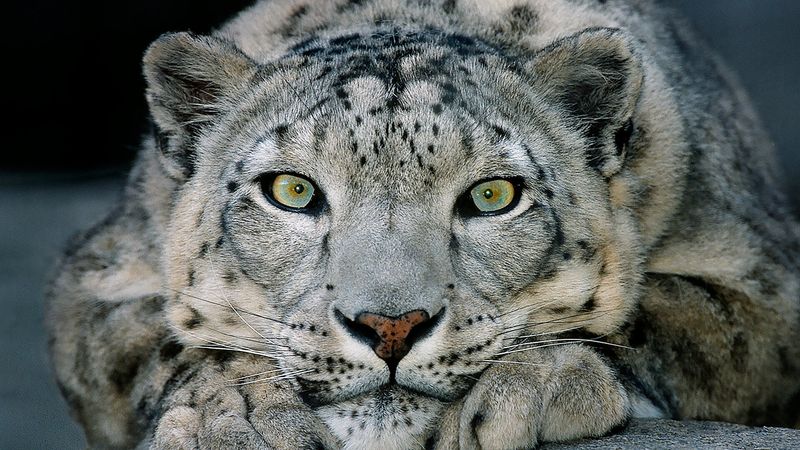
Eyes are the windows to the soul, and for big cats like the snow leopard, they’re also a means of communication. Direct eye contact can be intimidating, a clear sign of dominance or challenge.
In the snowy expanses they inhabit, a lingering gaze can decide who’s in charge, without a single sound. It’s a powerful tool that can either ward off rivals or dissuade prey from making a move.
7. Purring
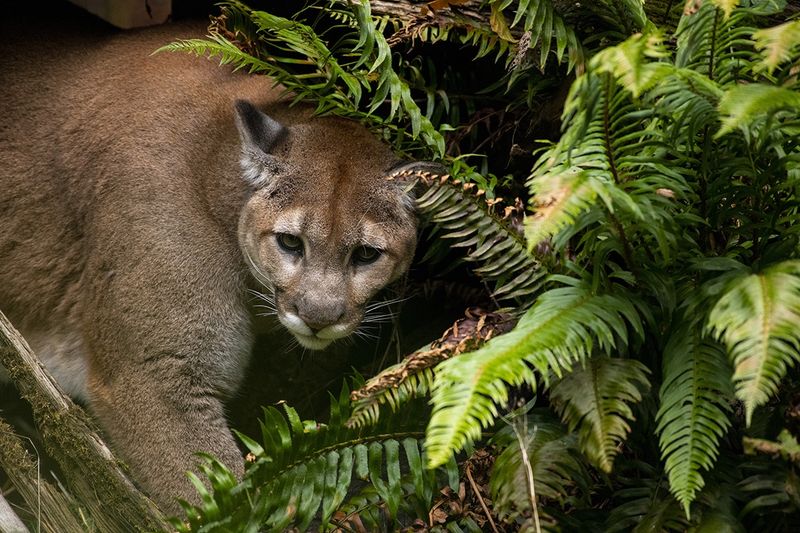
Purring isn’t just for domestic cats; big cats like cougars use it too, but with a twist. It’s a soothing sound that conveys contentment. In a forest lair, a gentle purr can reassure cubs or signal relaxation.
Unlike the roar, it’s a personal, intimate sound shared amongst family. So when you hear a cougar purring, it’s like a lullaby, echoing through the trees, full of comfort and calm.
8. Facial Expressions
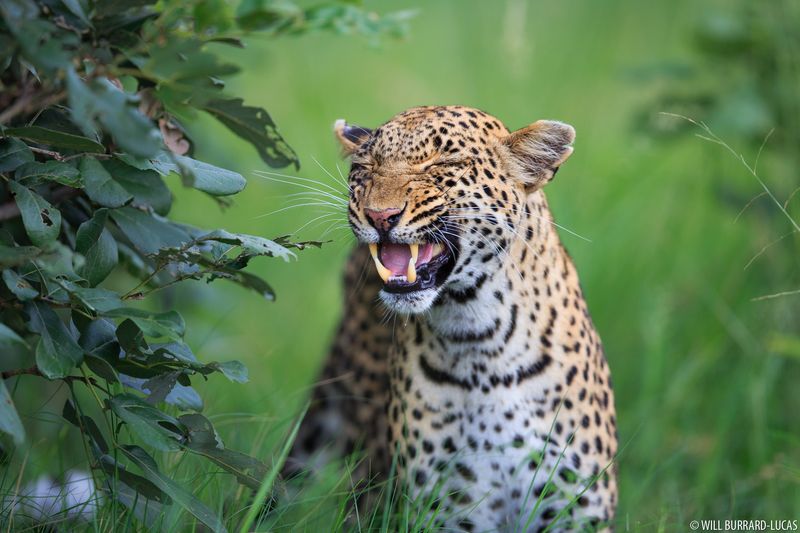
Ever seen a leopard’s funny face? It’s called the flehmen response, a special expression made when sniffing the air intensely. This facial expression helps detect pheromones, crucial in identifying mates or threats.
It may look like a grimace, but it’s a sophisticated way of gathering vital info. So, next time a leopard pulls a face, remember it’s not about humor, but survival.
9. Silent Roaring
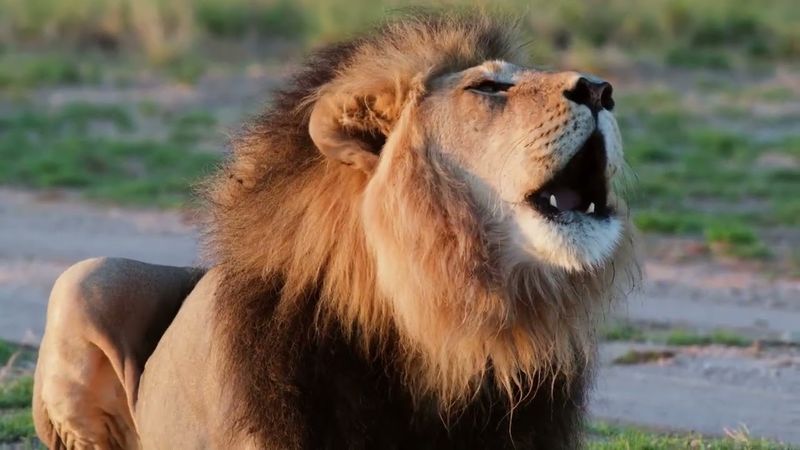
Lions are famous for their roars, but did you know they also ‘roar’ silently? This behavior, often seen during social interactions, involves opening their mouths wide like they’re roaring, but without the sound.
It’s a gesture that reinforces social bonds and hierarchy within the pride. In the vast grasslands, this is a nuanced way to communicate strength and unity without a sound.
10. Tail Positioning
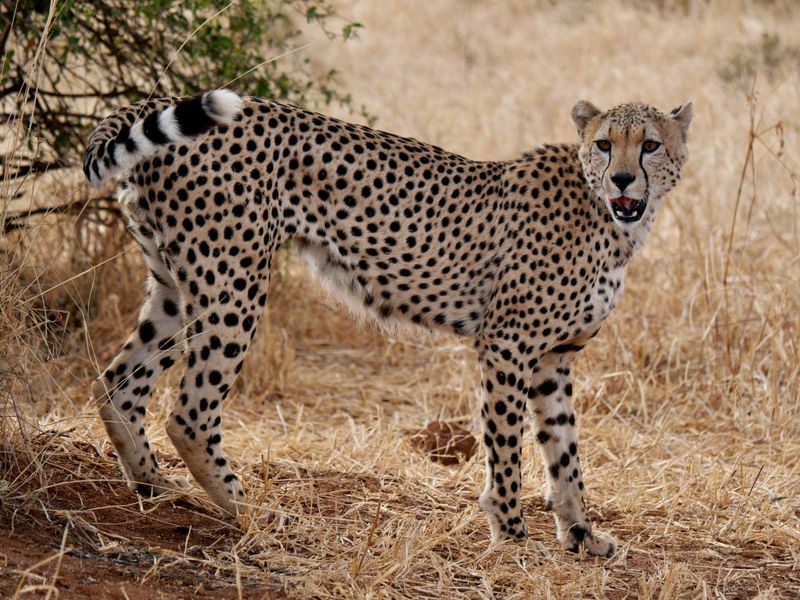
A cheetah’s tail isn’t just for balance; its position speaks volumes. A high, curved tail can indicate alertness or excitement, a sign for other cheetahs to take notice.
In the golden savannah, this tail position can also act as a visual signal, guiding cubs during a hunt. It’s a silent flag waving in the wind, full of messages without a single word uttered.
11. Nose Touching
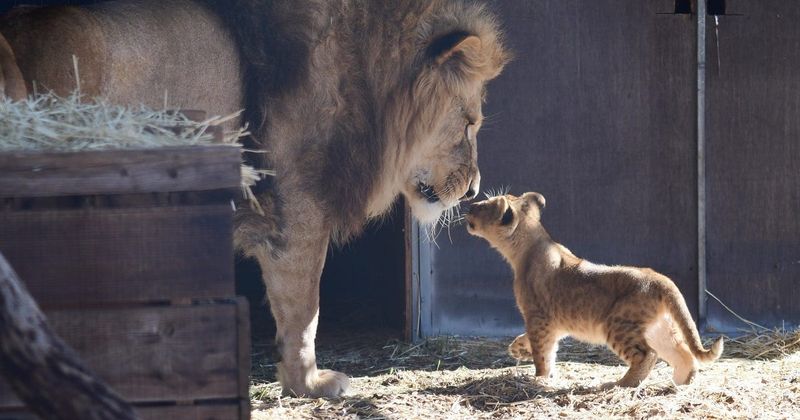
A gentle nose touch between lions is more than a cute greeting; it’s a ritual that reaffirms bonds. In the savannah, this simple gesture is packed with meaning, conveying trust and unity.
It’s a silent hello that says, ‘I’m with you.’ For social creatures like lions, nose touching is a cornerstone of pride life, strengthening connections and ensuring harmony without a roar.
12. Vocalizations
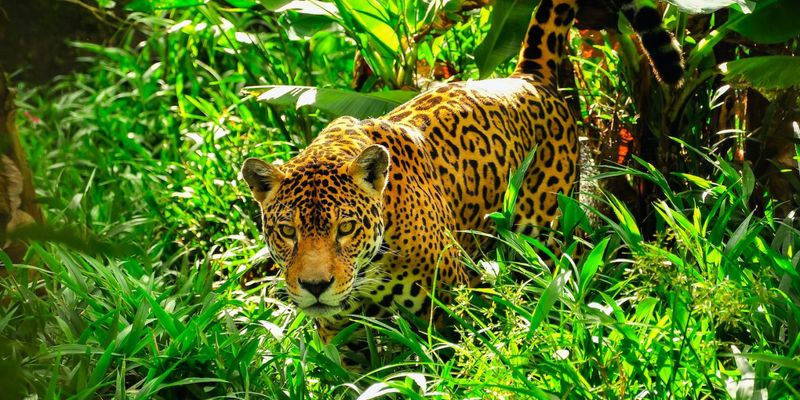
Not all communication is loud; jaguars have a range of vocalizations that are often soft and subtle. These sounds help them maintain contact with cubs or signal their presence to others.
In the dense jungle, a quiet grunt or murmur can carry far, providing vital information about the cat’s location and intentions.
13. Grooming Rituals
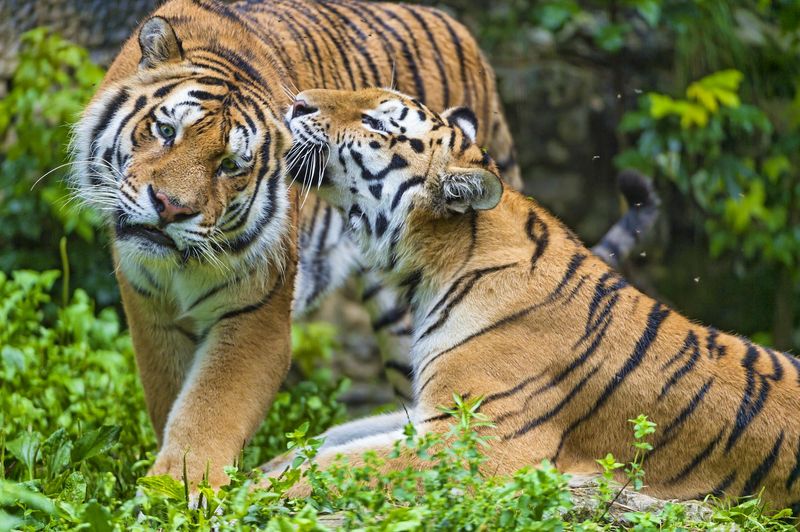
When tigers groom each other, it’s not just about cleanliness. This ritual of licking and nuzzling helps to build and maintain social bonds.
In the Asian forests where they roam, grooming is an intimate act of connection, reducing tension and reinforcing familial ties.
So, when you see two tigers sharing a grooming session, it’s like a spa day that strengthens their relationship silently.
14. Pawing Ground
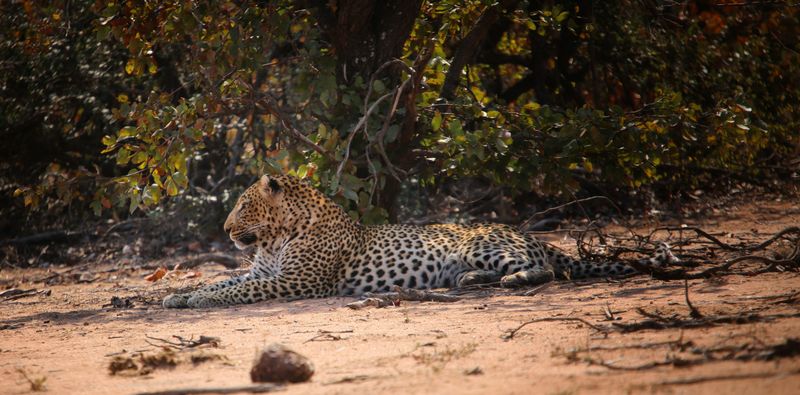
Pawing the ground might seem trivial, but for leopards, it’s a form of communication. This action, often done near scent markings, reinforces territorial claims.
In the lush forest, this behavior tells others, ‘This is my space.’ It’s a silent announcement, an extension of scent marking that underscores ownership.
Without uttering a sound, this simple pawing conveys a powerful message.
15. Subtle Movements
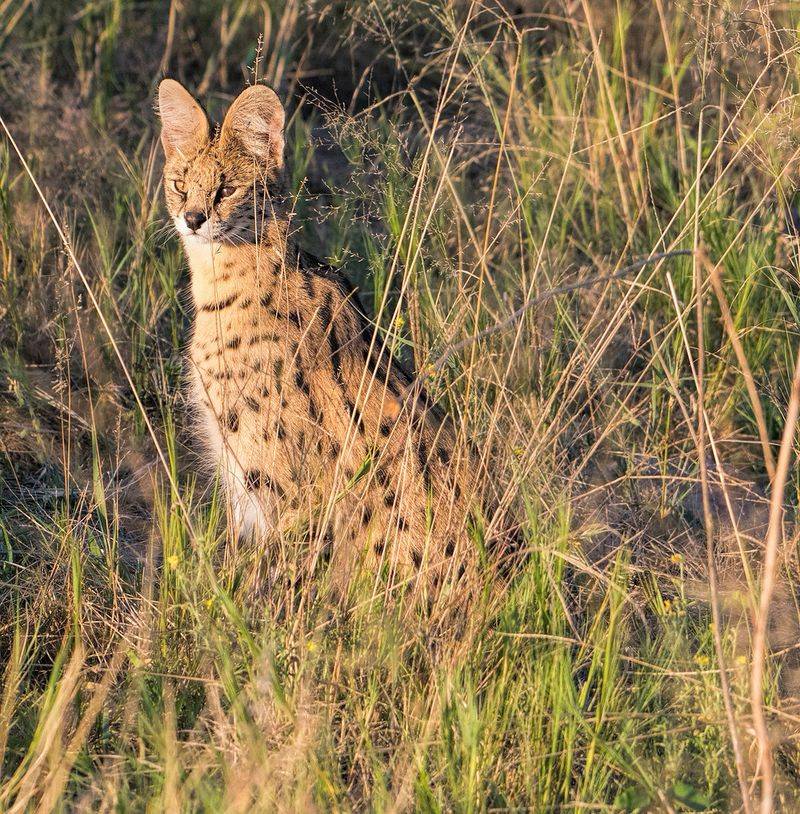
In the world of big cats, subtlety is key, and the serval is a master. Its slight, deliberate movements through tall grass are a form of stealthy communication.
In the African landscape, these movements help the serval remain undetected by both prey and peers. It’s like a dance, where every step is calculated to maintain the element of surprise.
Such graceful, silent strides are a language unto themselves.

